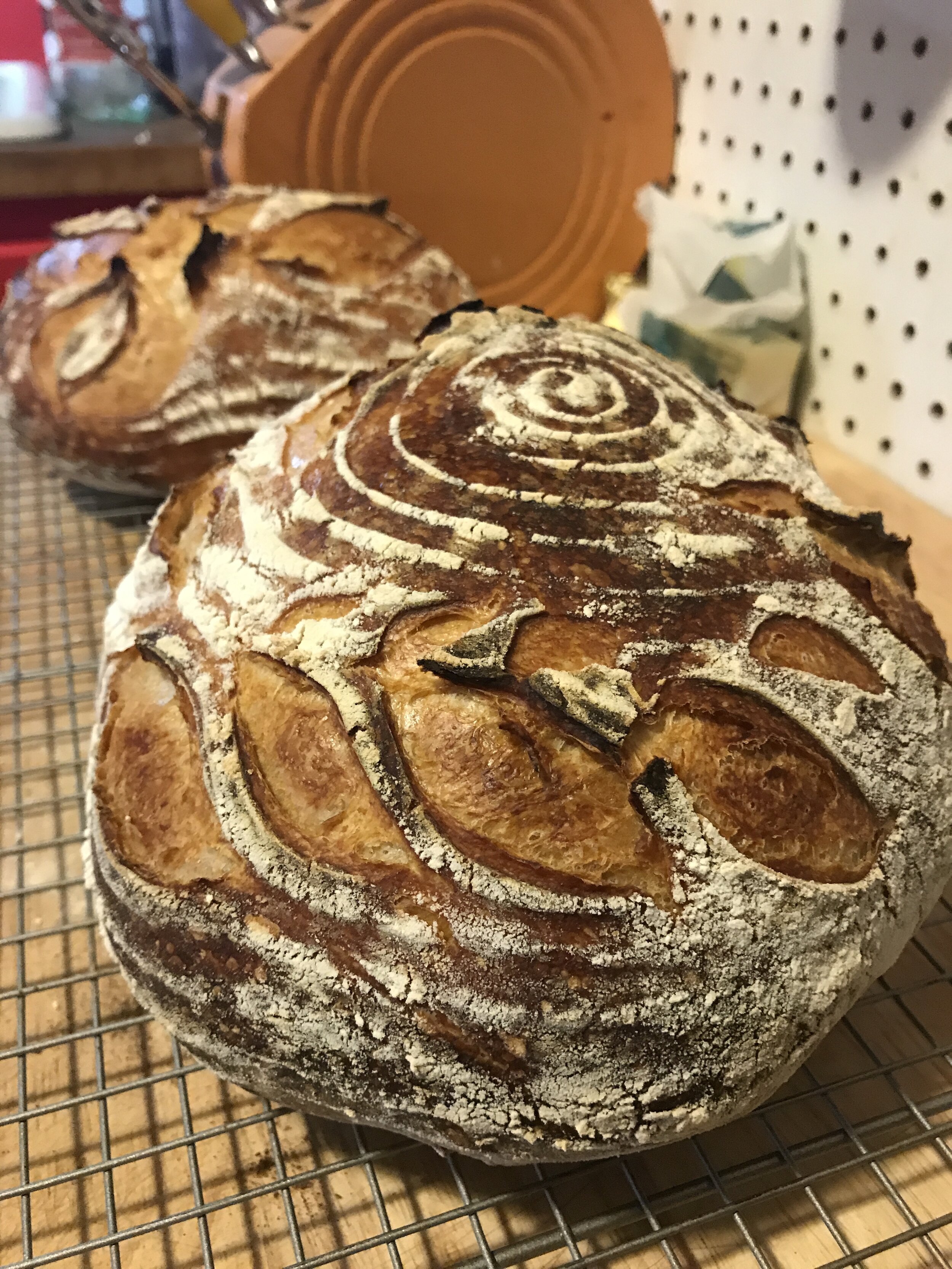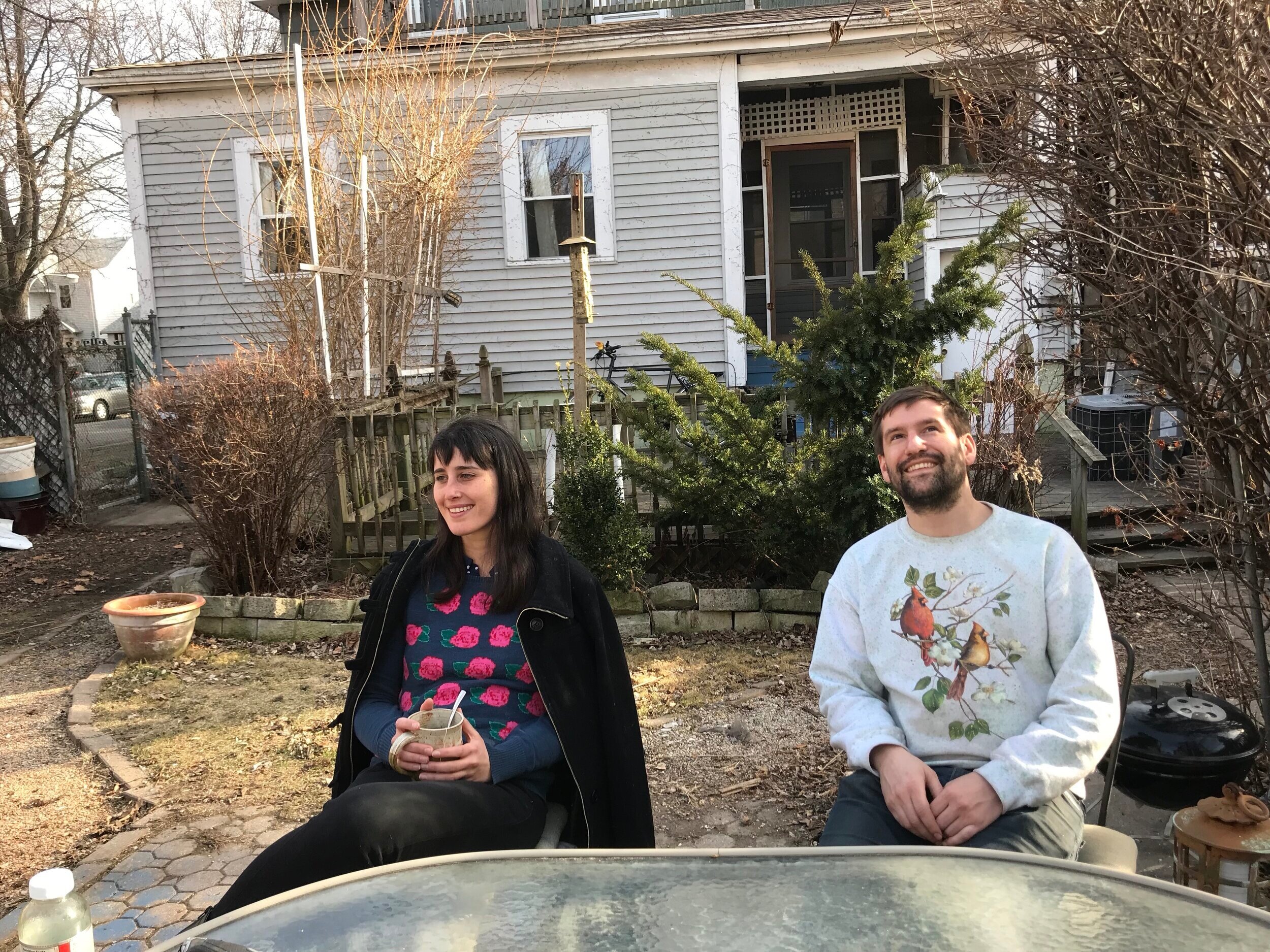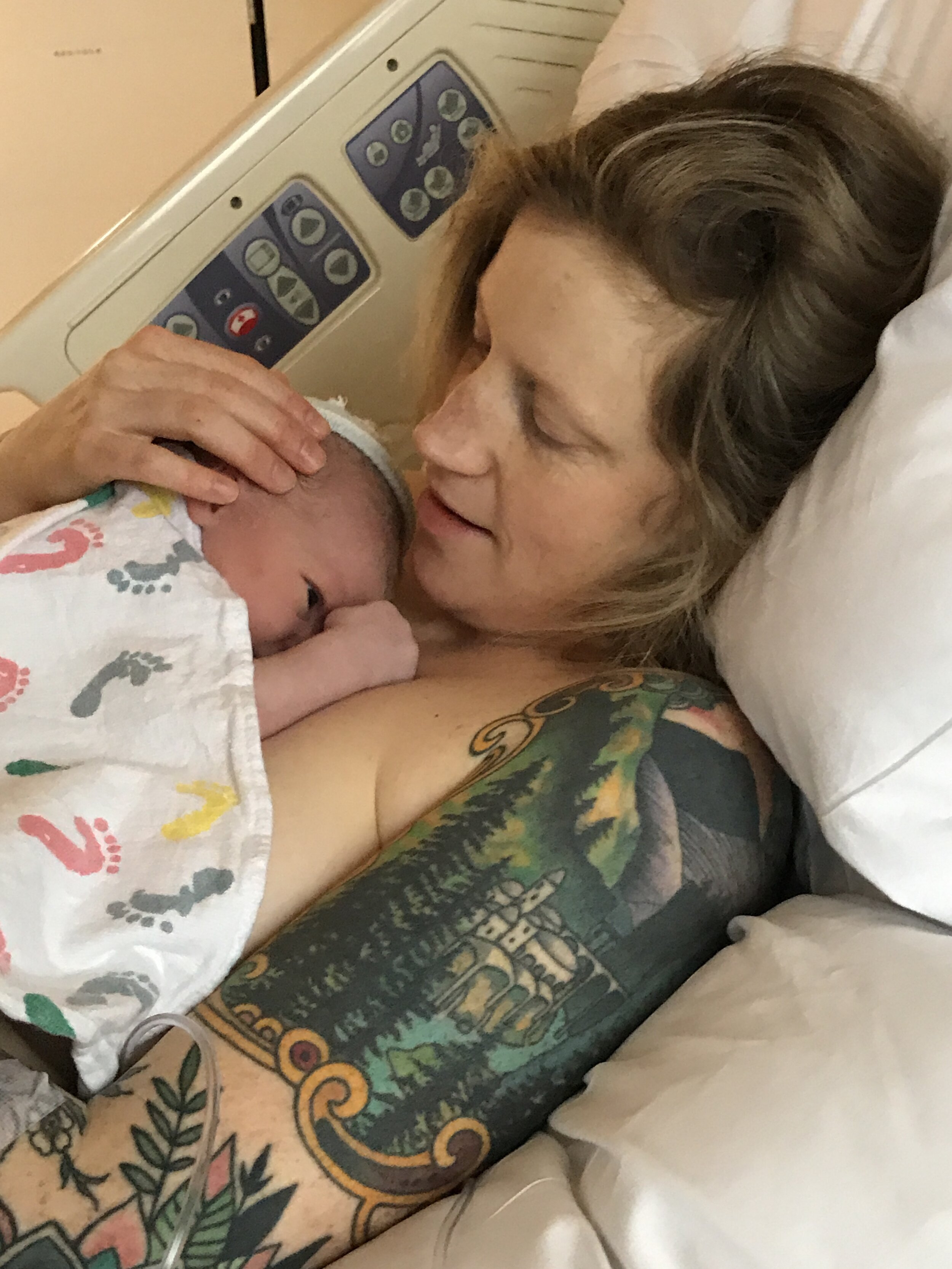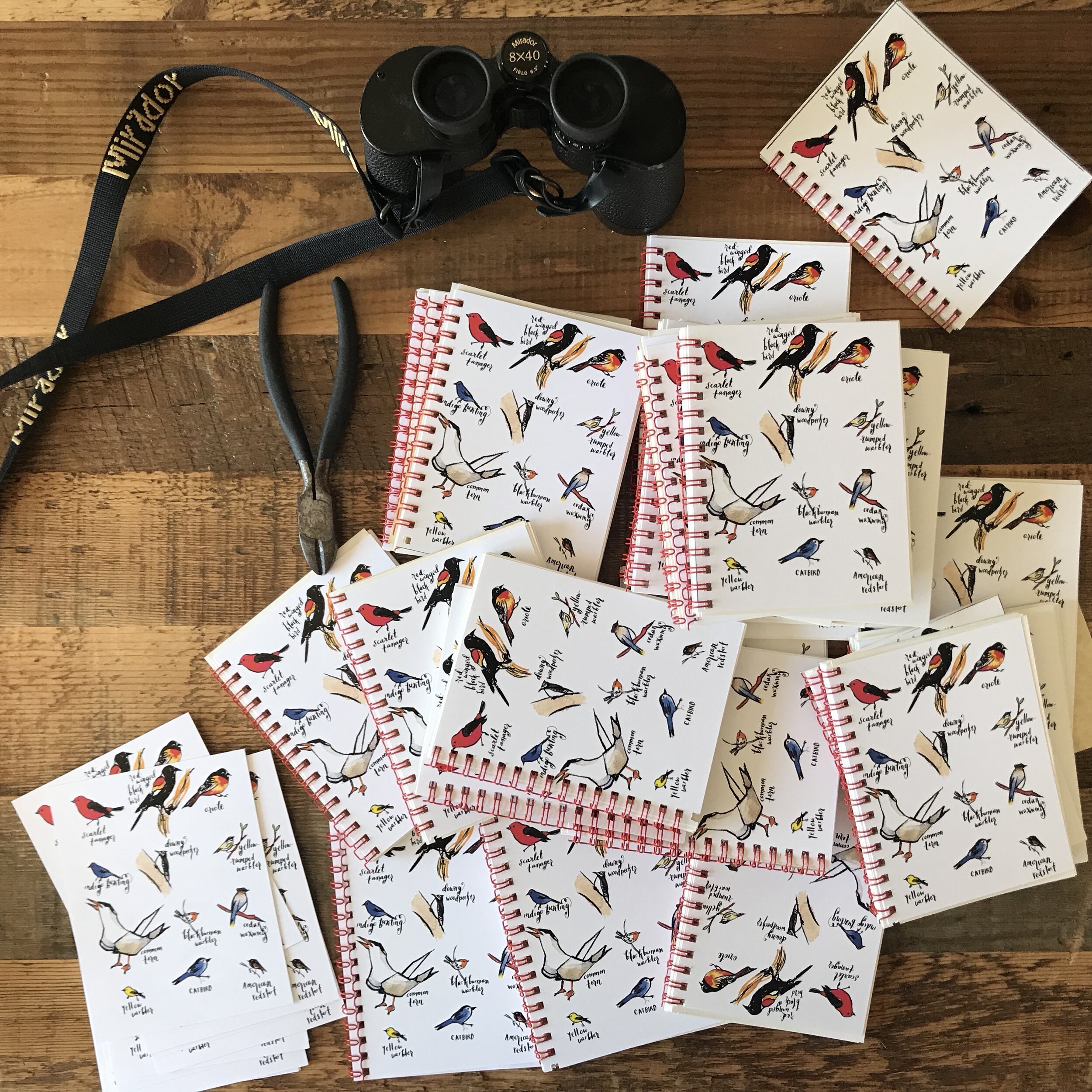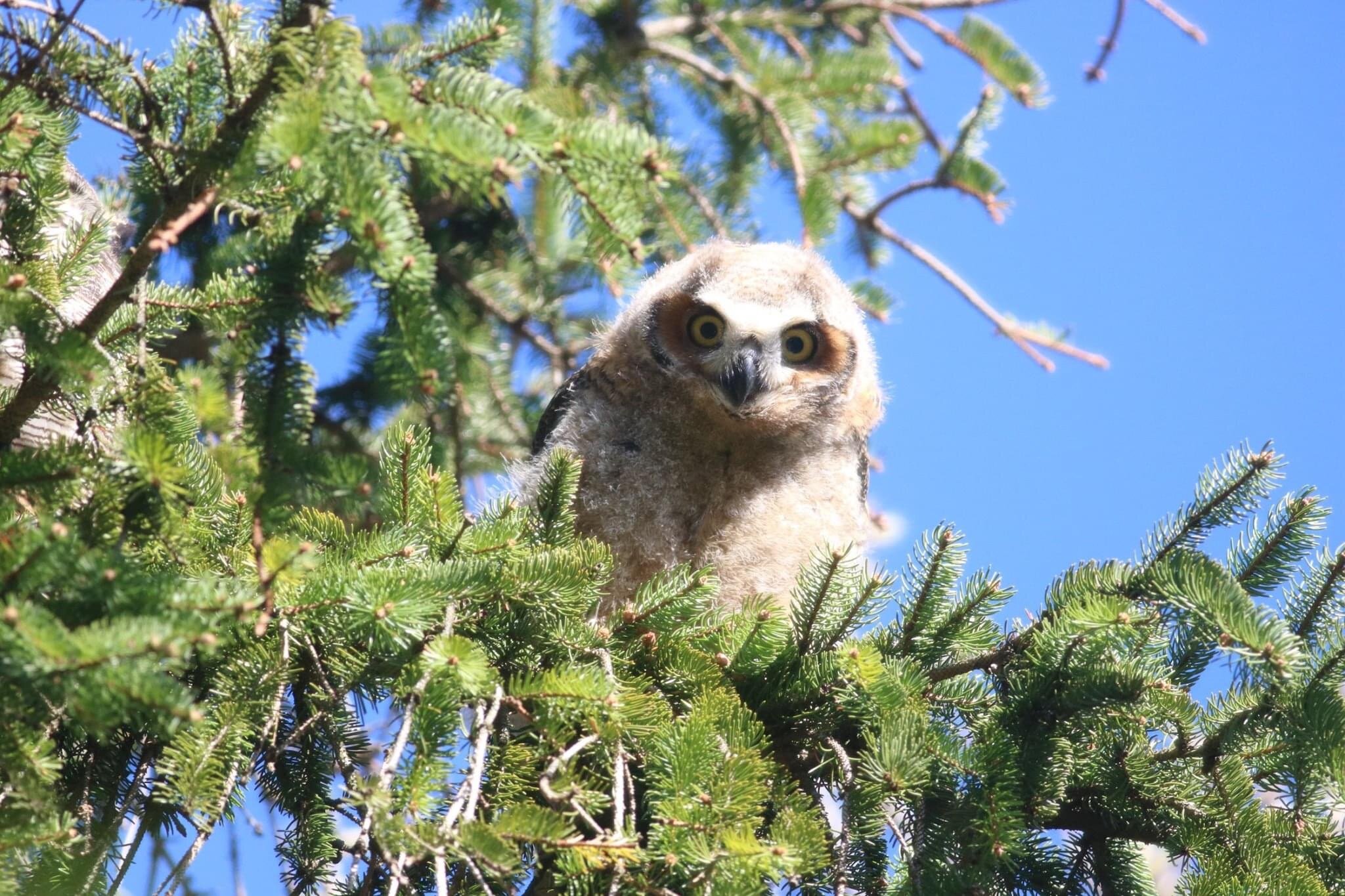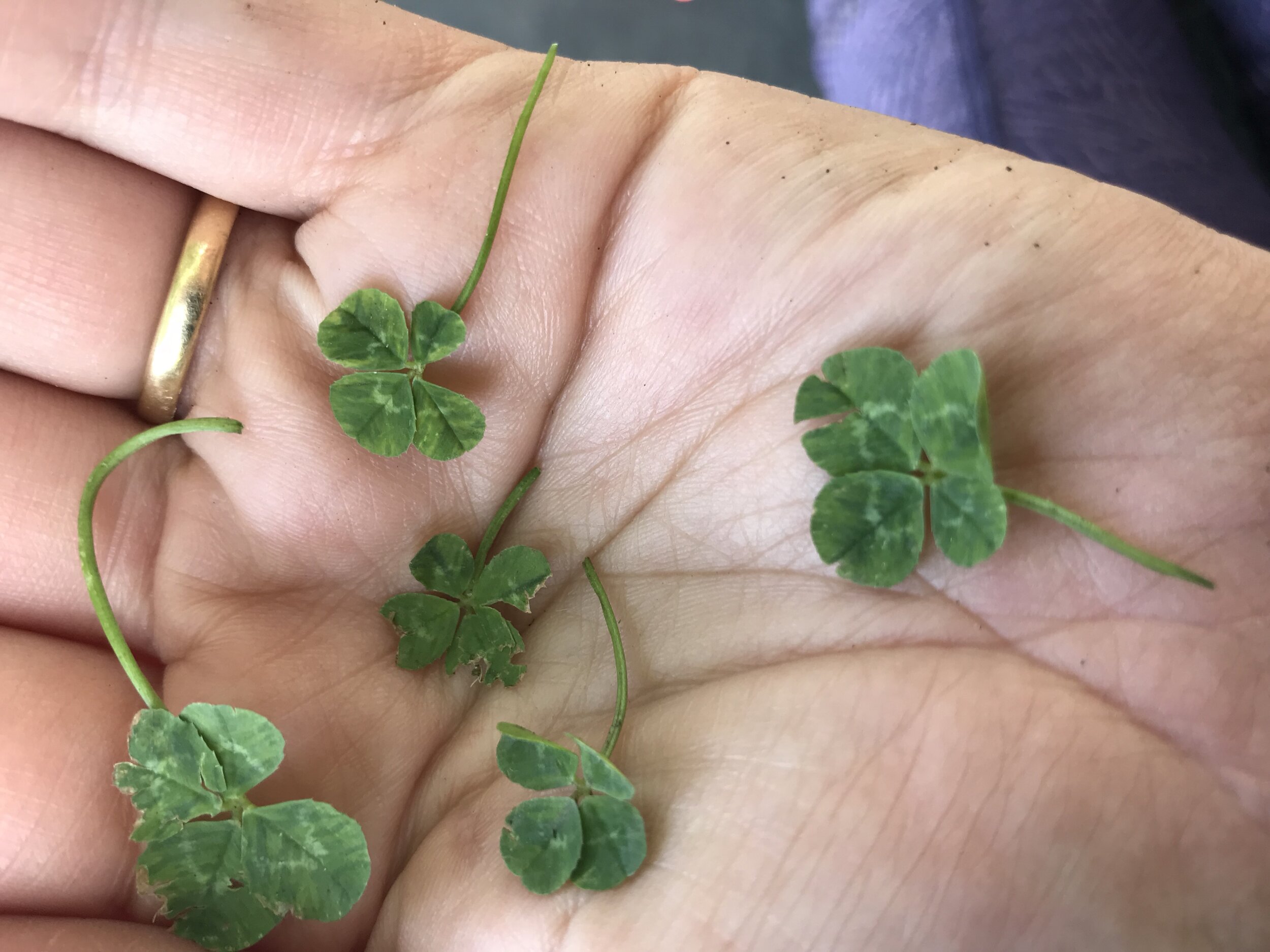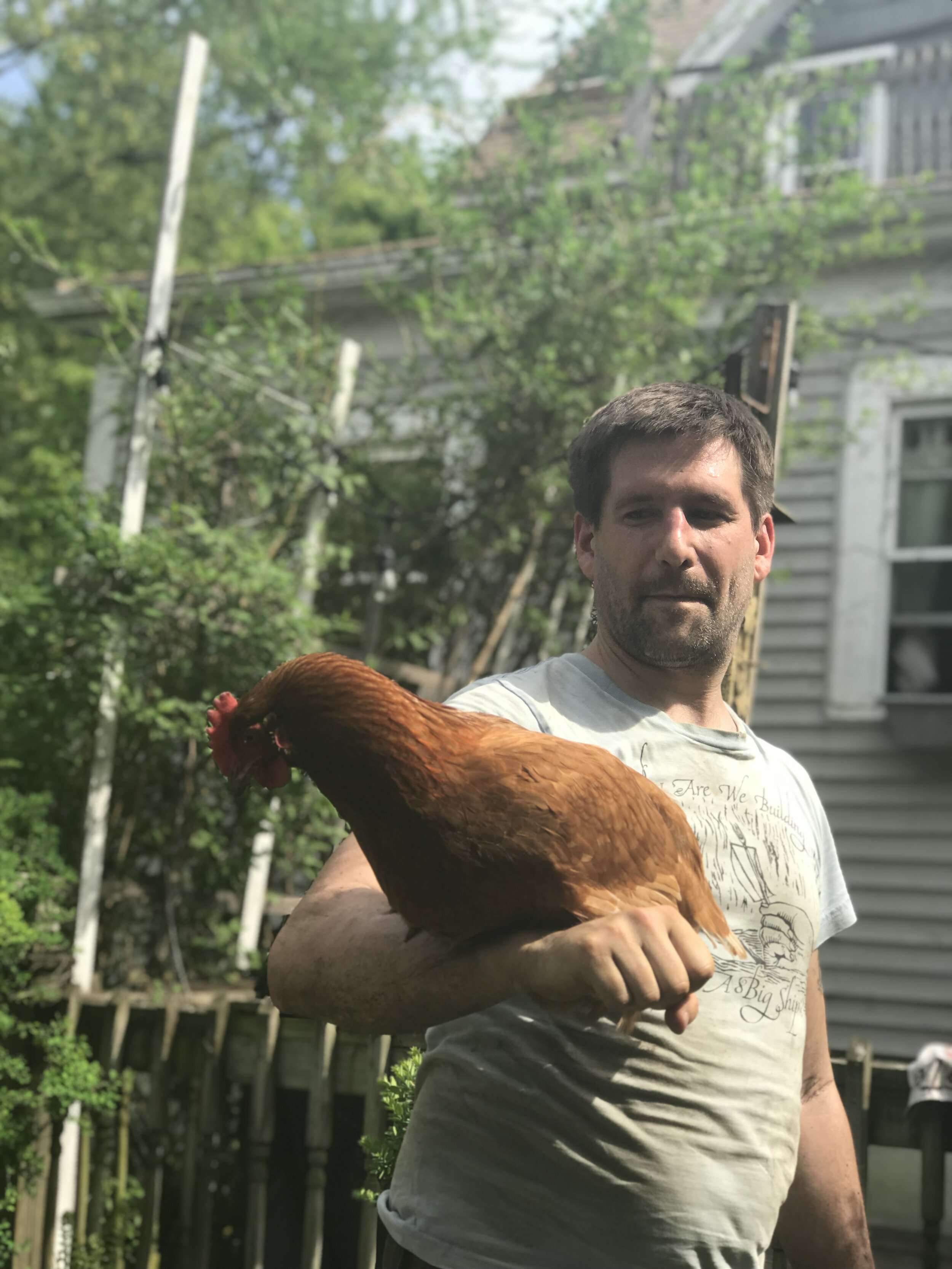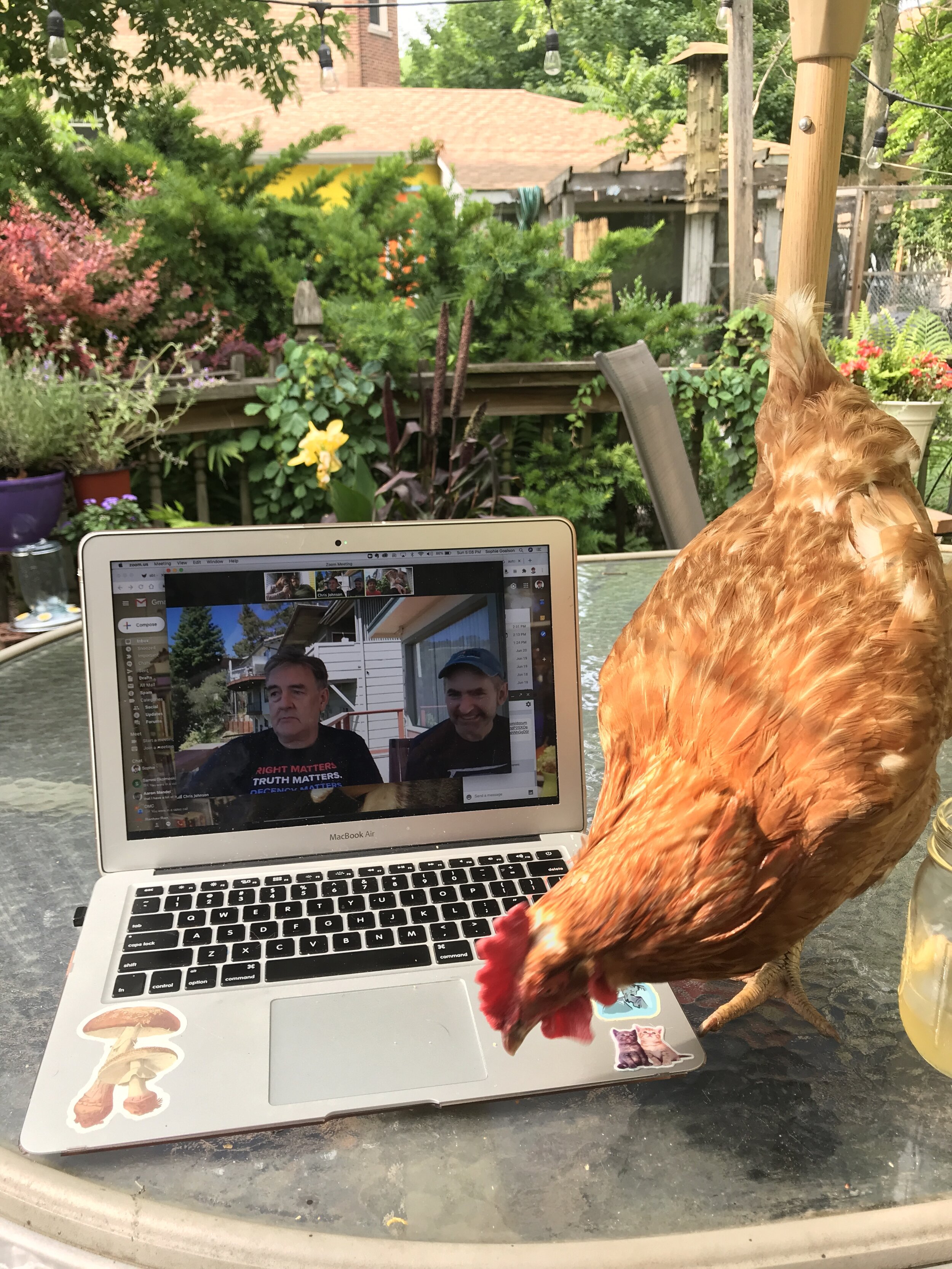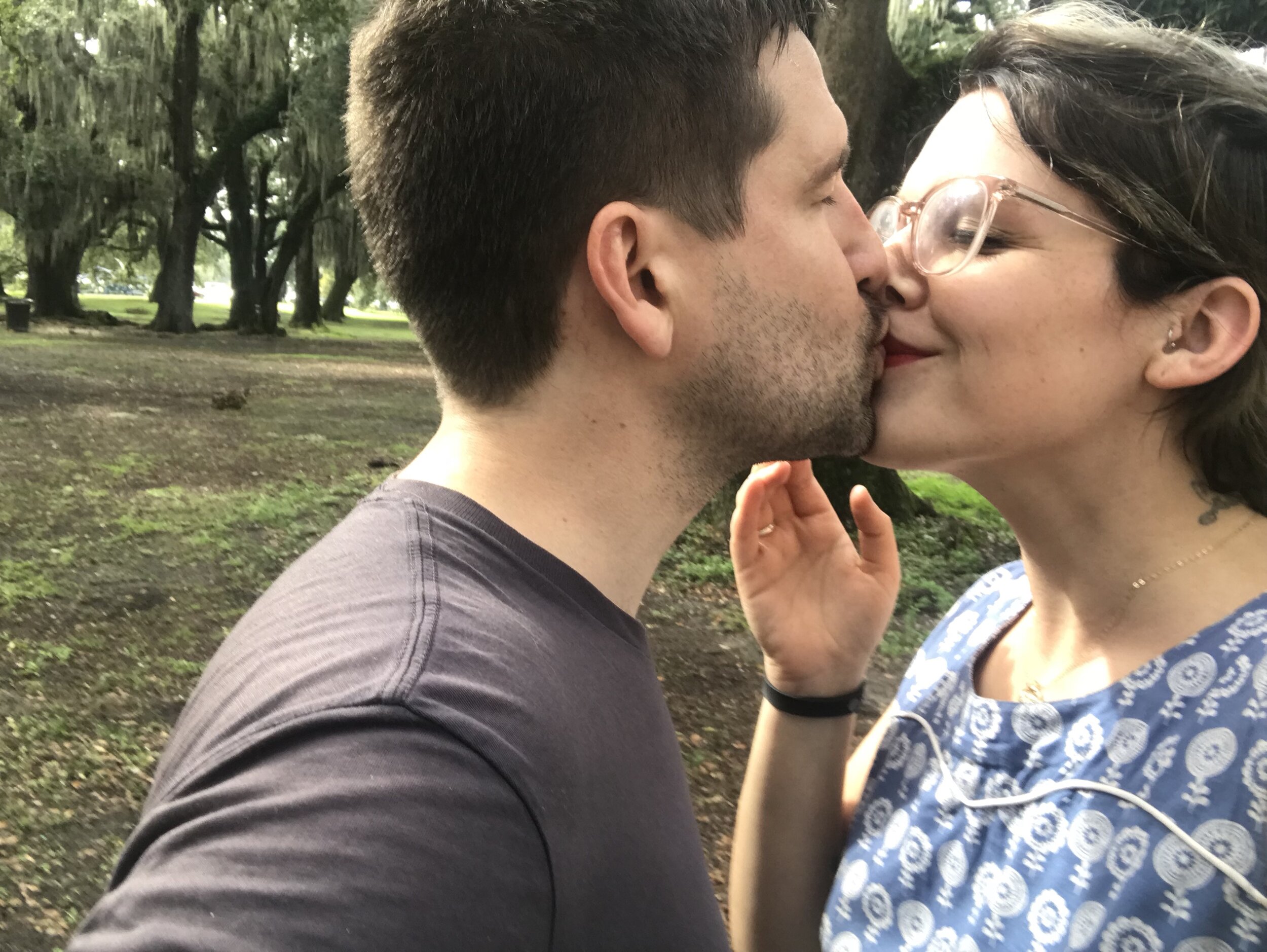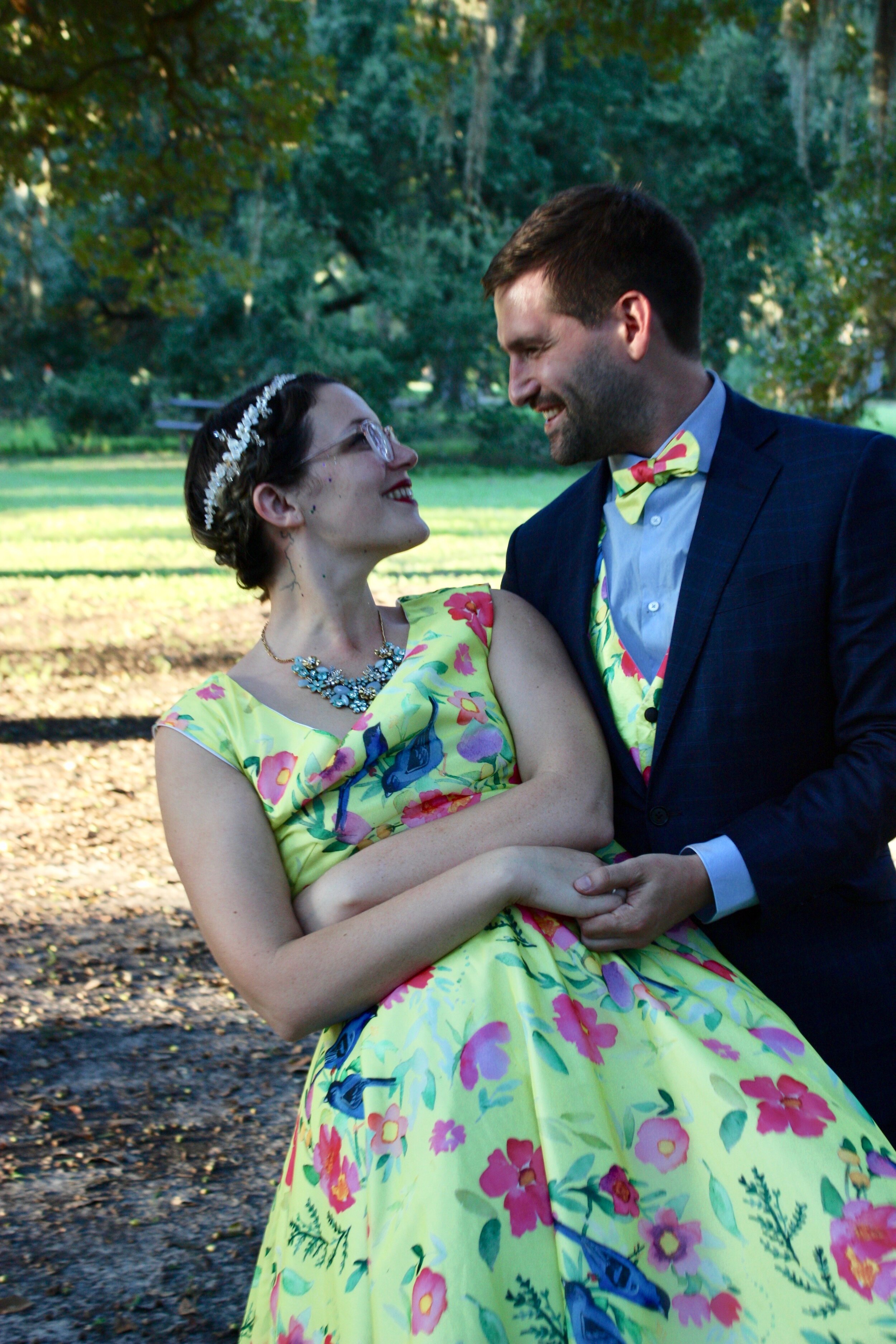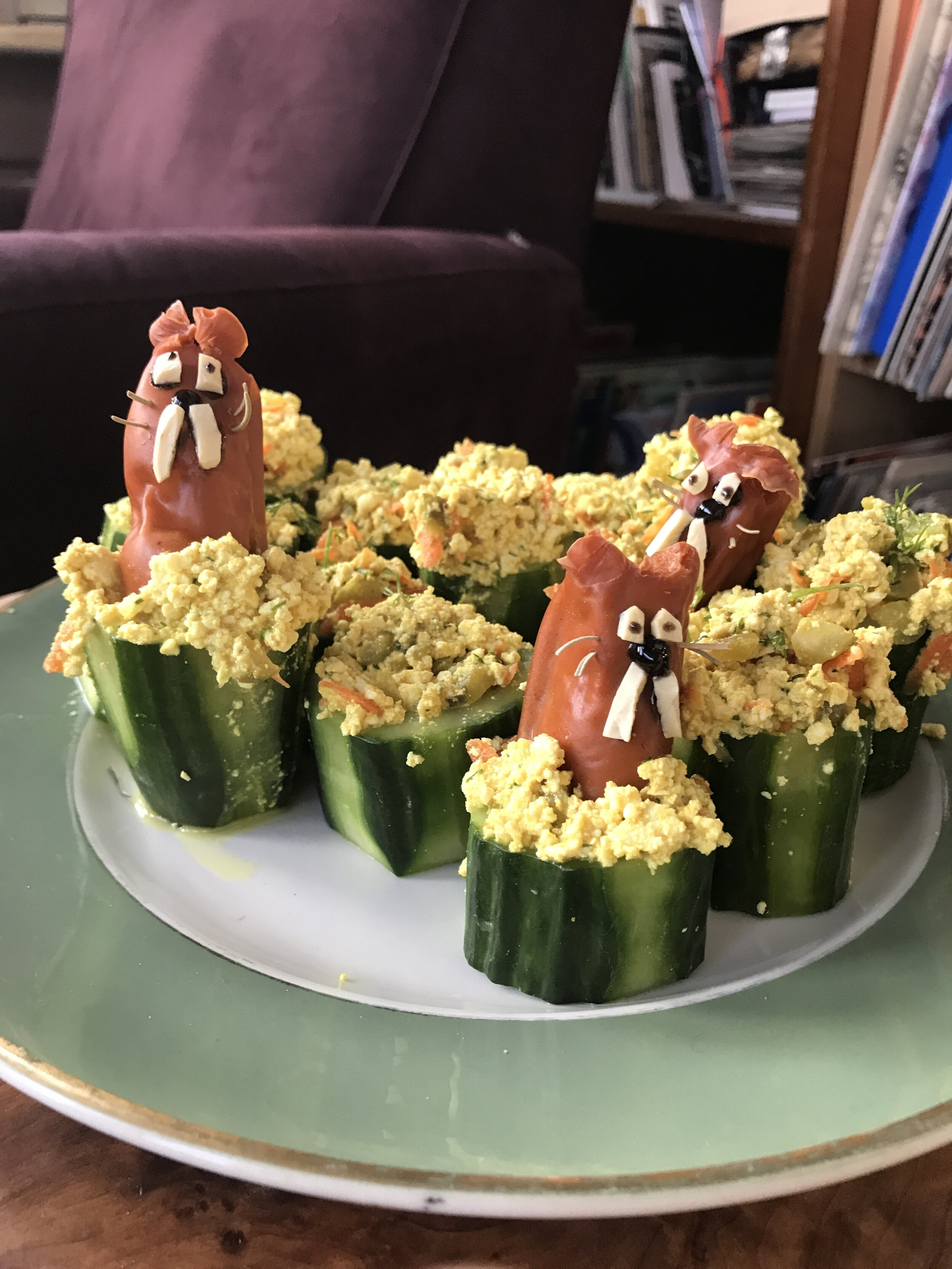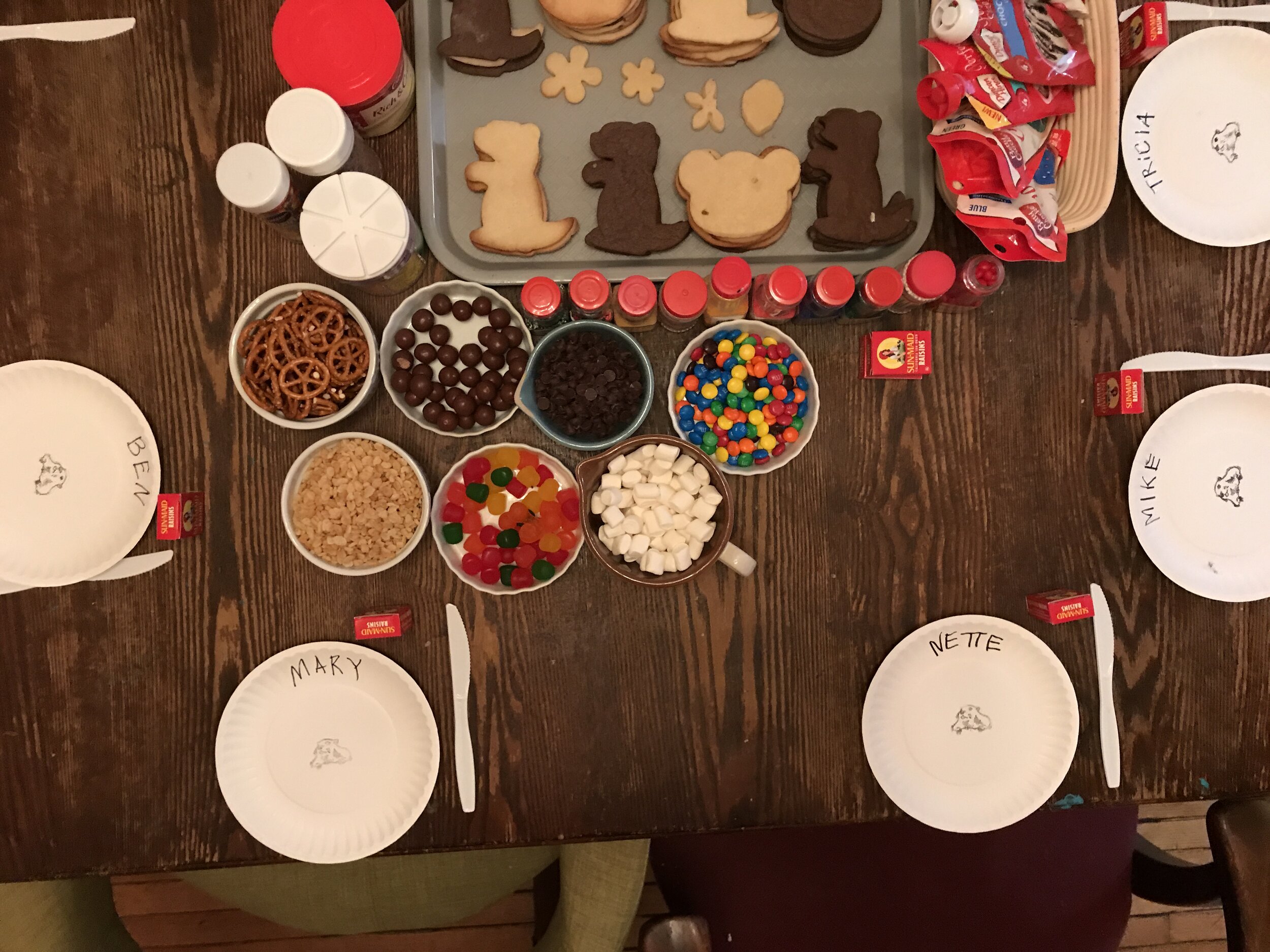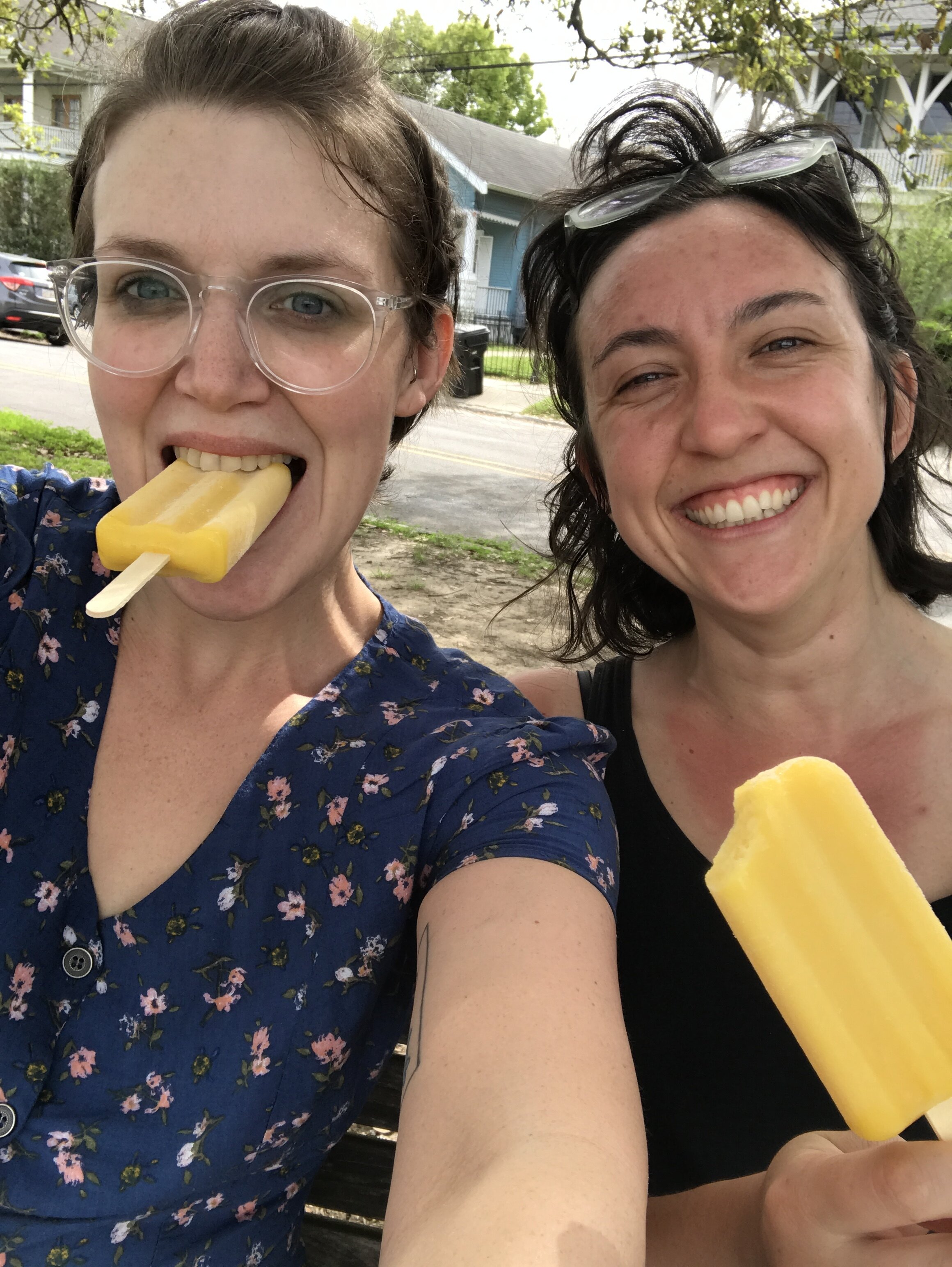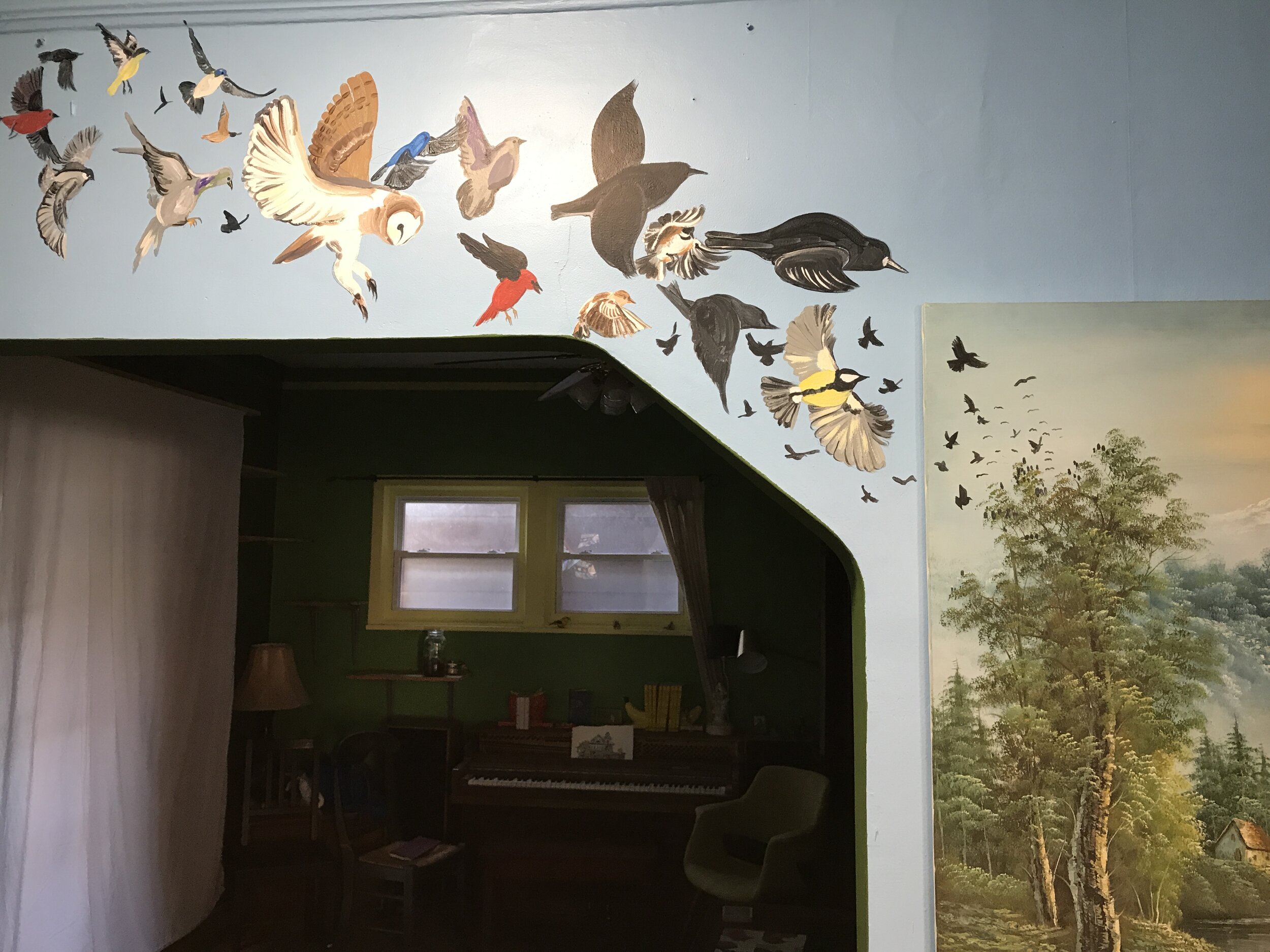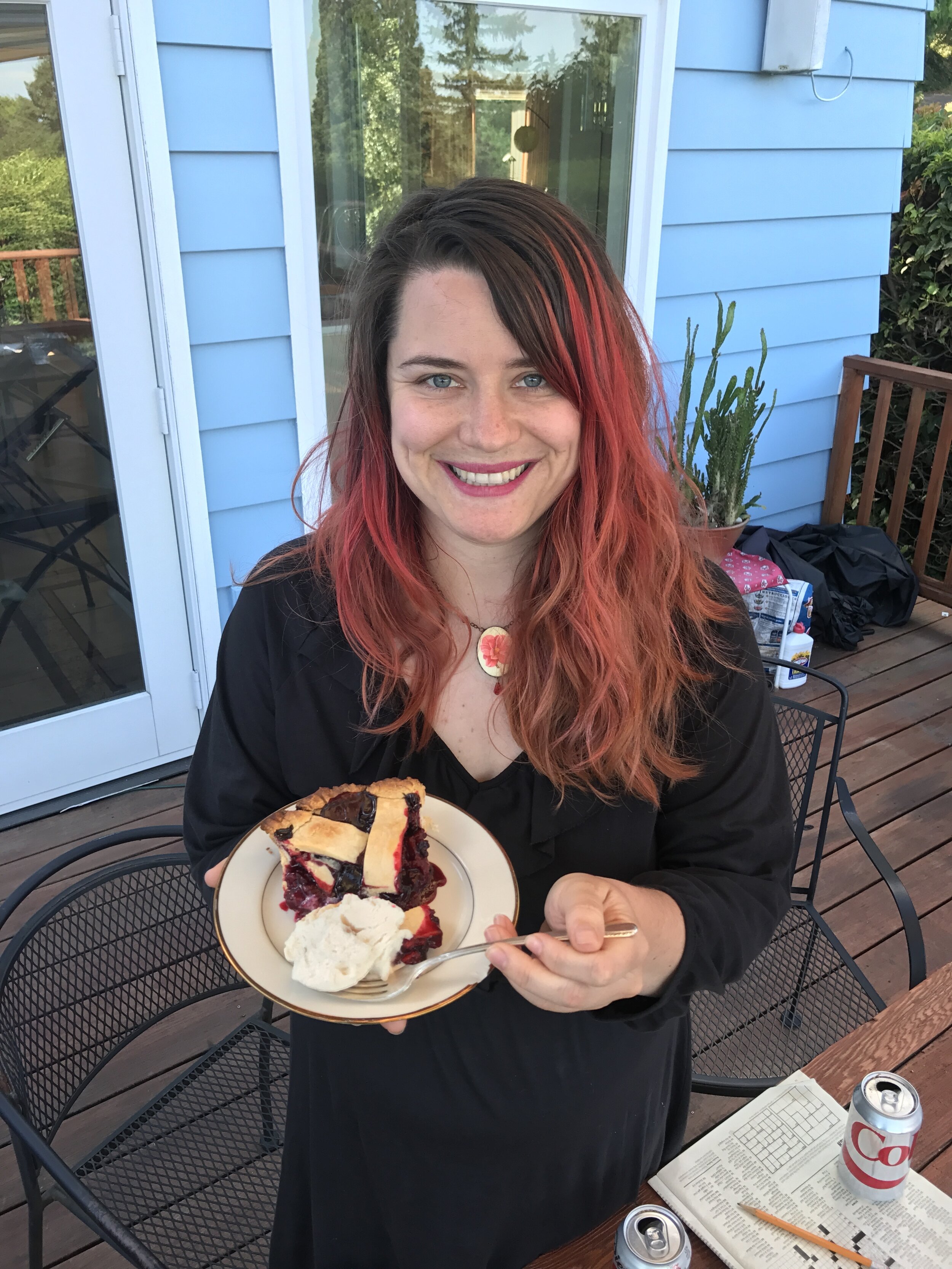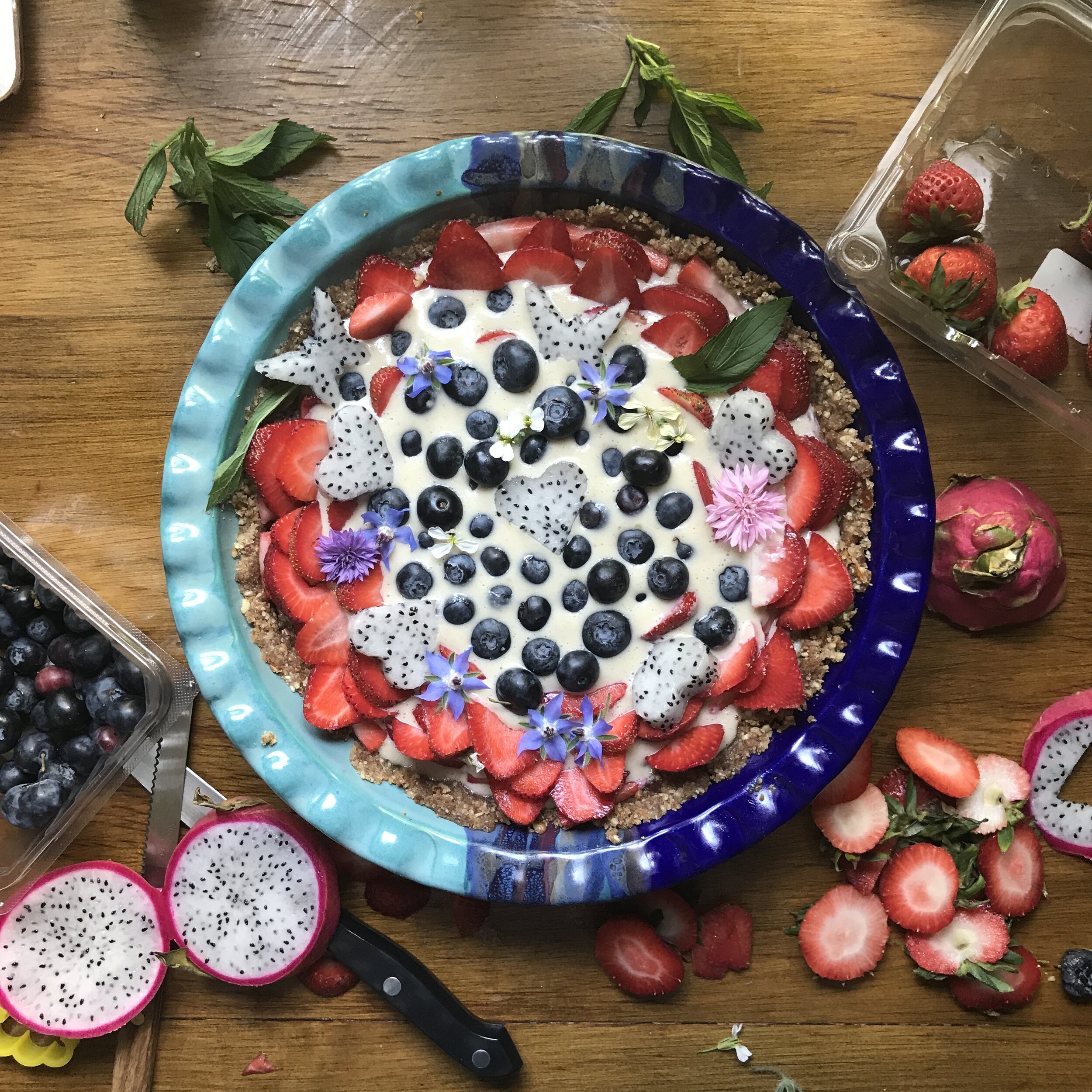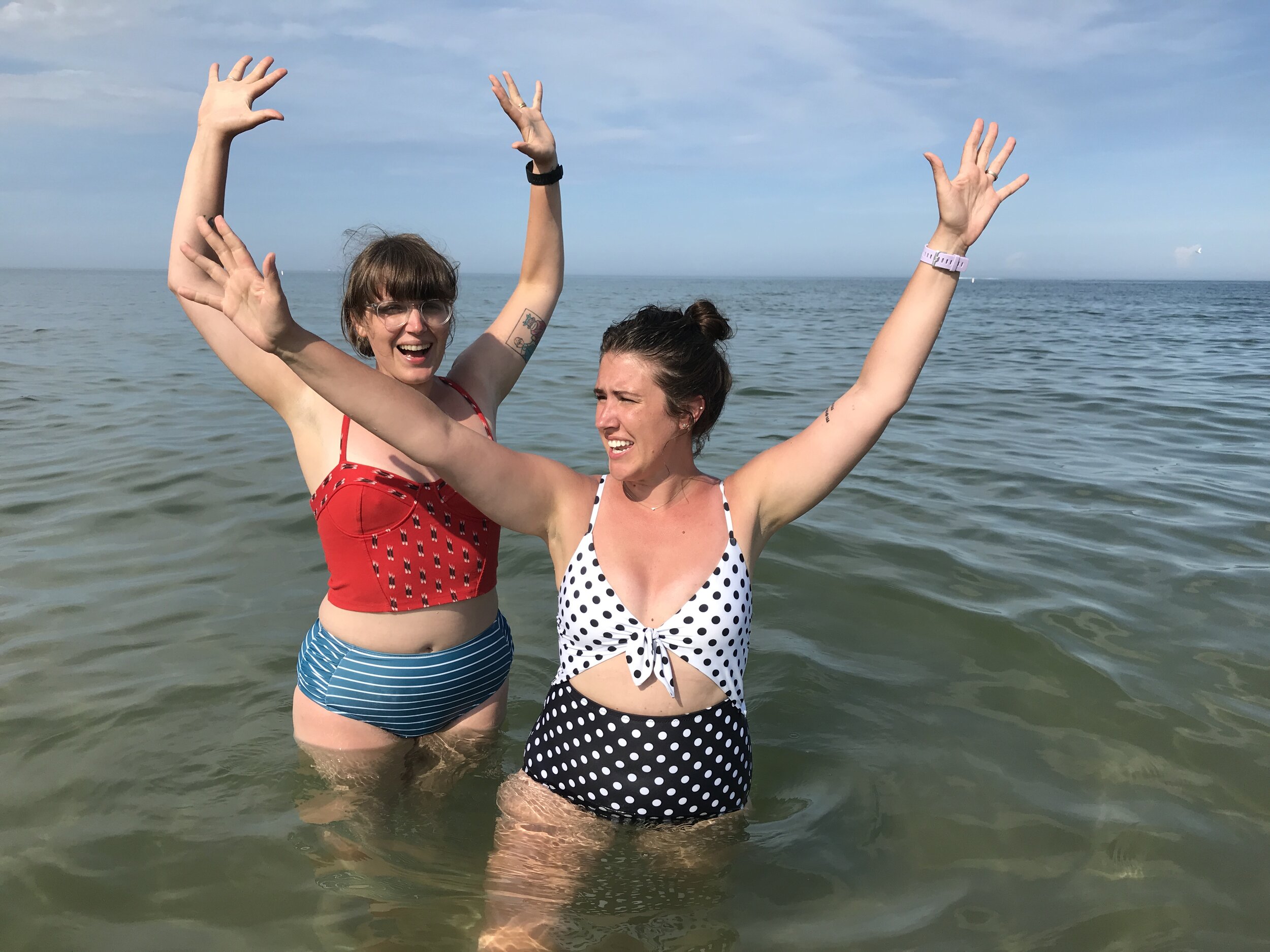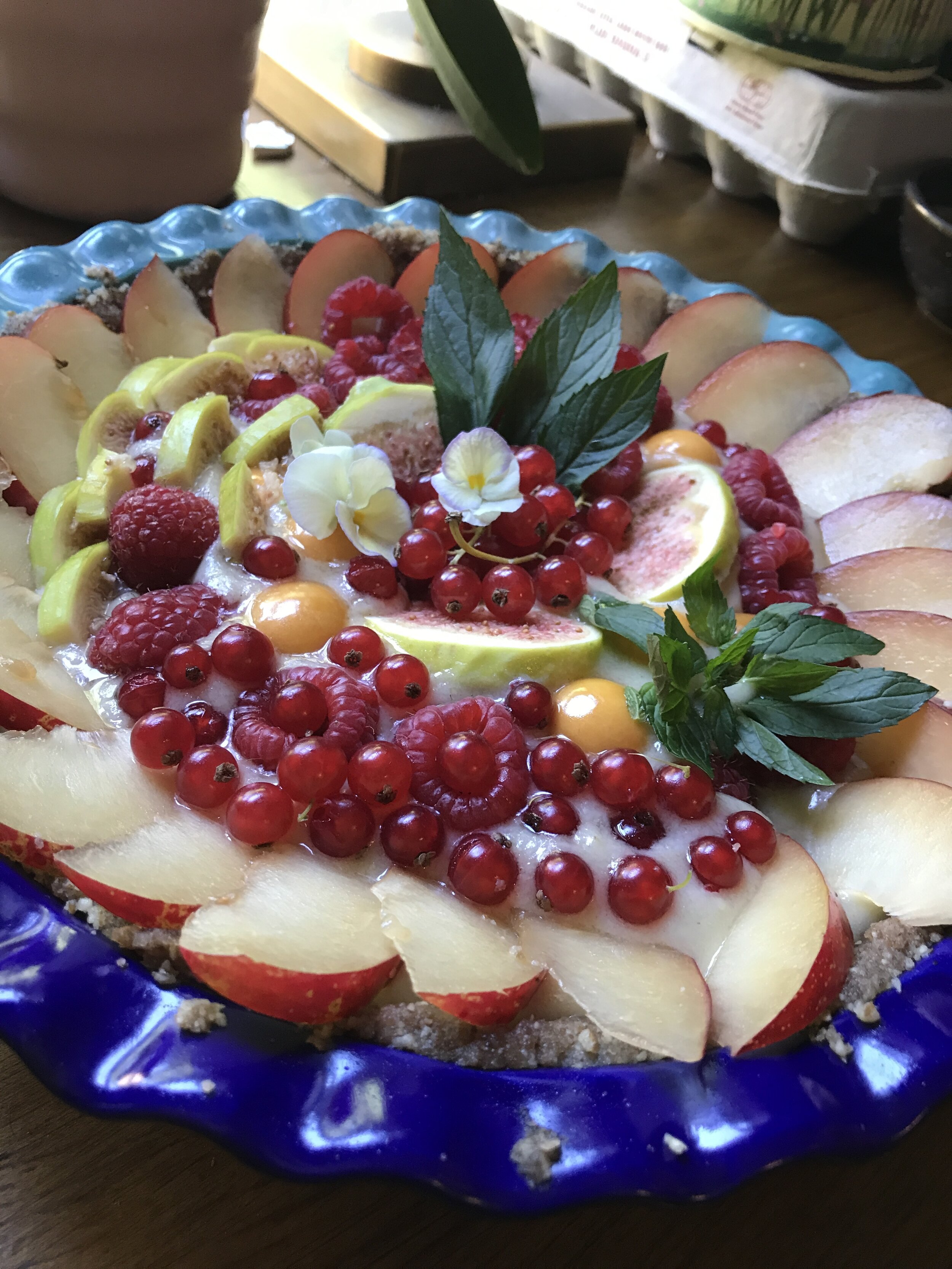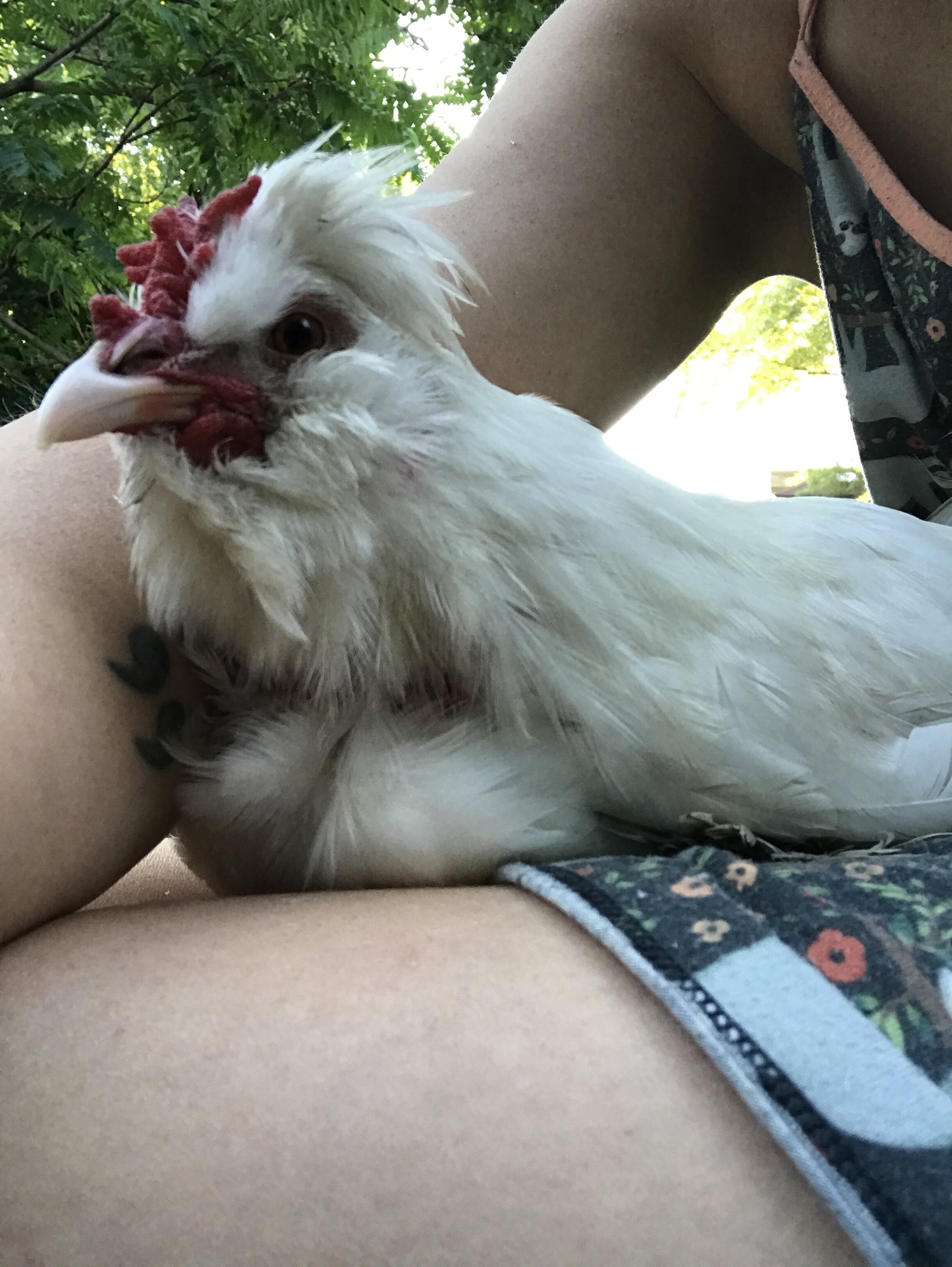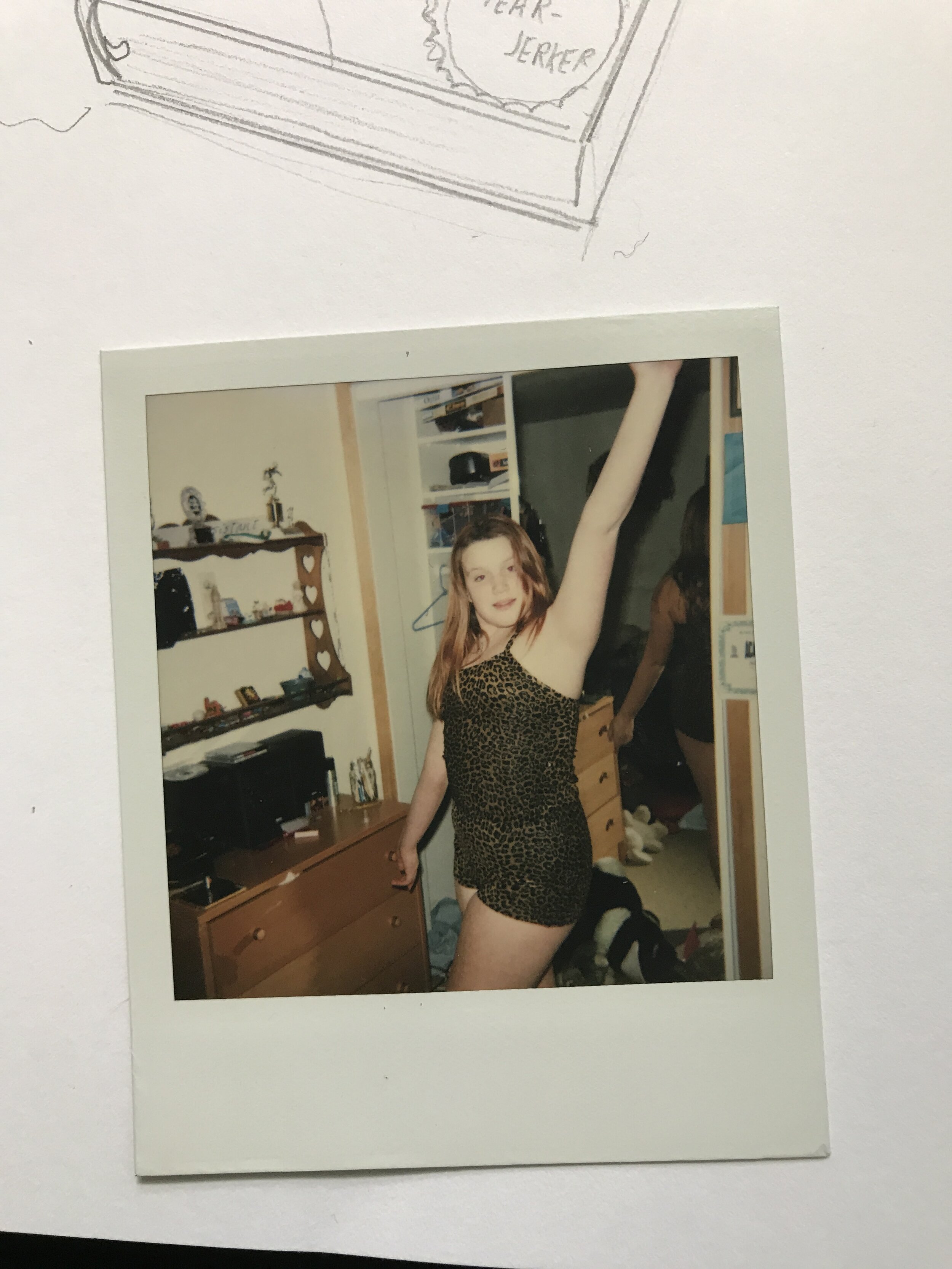Asked Questions
Someone has asked me the questions on this page.
asked questions
These are questions I have been asked.
(Asked at dinner parties and Tinder dates): What exactly is it that you do?
I am a writer, and I draw pictures, and during the day I teach high school students at the Chicago High School for the Arts and college students at the School of the Art Institute of Chicago about reading and writing. This year I have tried to re-label myself as a cartoonist, but it took me 30 years to say out loud that I was a writer, so we will see. Also, Re: people who are asking this question: I got kicked off Tinder. I have no idea why or how this happened, but there’s no way to find out, and it’s irreversible.
(Asked in chatrooms in 1999): Where do you live? Where have you lived?
My sweet and wonderful husband Luke painted this house yellow even though he doesn’t really like yellow because I like yellow and he loves me.
Right now I live in Rogers Park in Chicago, and I could write 10,000 words (or more!) on why I think it is absolutely the best place in the entire world. My house is bright yellow and we have chickens and bees in the back yard.
Before I moved to Chicago, I lived in New Orleans for a very long time.
Before I lived in New Orleans, I went to college in Walla Walla, Washington. That was close to the place where I grew up: Portland, Oregon. I look like I am from Portland, which is something I already know and you don’t need to tell me.
As a child, I spent significant amounts of time in other places — San Diego, Princeton, Washington, DC — but it’s hard to count those, because I never really learned my addresses there.
(Asked by my inner self, all the time): What do you care about?
Since this is too big a question to answer, I will reframe it in terms of what I am most attracted to in other human beings. First, I look for kindness. I know this is not the coolest or hippest thing to care about, but it is the thing that I care about the most. Kindness and compassion are closely linked, with the discernible difference being, in my definition, that compassion is not wishing someone else to hurt, and kindness is wishing good things for someone else. These are both important to me. Kindness and compassion are my mountain ranges.
The hills just below are, in order: truth-telling, a sense of humor (that is, the decision not to take oneself too seriously), and hotness. The thing about hotness, though, is that I find a person gets exponentially more hot when I notice that they are kind, honest, and funny, and less hot when I notice that they are not those things. So hotness feels like it’s really just a reiteration of the first three things I care about, and therefore redundant. Still, I am always looking for hotness. Hotness matters.
DRAWING
Drawn in Procreate while watching a documentary that I didn’t care that much about.
What are your artistic tools?
Lately, I’ve been doing a lot of my work using Procreate on the iPad with the Apple Pencil. I use the brush Pencil 6B. I will own that I do a lot of tracing, and that I also stray from the tracing, depending on what I am trying to work on.
When I’m drawing by hand, my tools are:
Pencils: I like Staedtler with an HB lead softness (and while we’re at it, I have more than 5 Staedtler white plastic erasers).
Pencil sharpener: exclusively the Alvin brass bullet, which will change your whole life.
Colored pencils: Prismacolors from here until eternity.
Watercolor paper: Arches cold press paper for all commissions.
Everyday paper: Canson XL mix media paper. (I have 100 or so pads of these on my book shelf; I can’t believe how often I use them. They hold ink really beautifully and are stupidly cheap.)
Paint brushes: I go through these kind of fast, so I don’t have a favorite brand, but I always have a number 1, a number 2, and a number 10 on hand. I recently discovered Escode Reserva Kolinsky-Tajmyr travel brushes that are high-ish quality and a little spendy, but worth it because the handle doubles as a cover for the brushes, which means you can go places with them, such as trains.
Pen and ink: I use a G-nib exclusively with any number of nib holders; I haven’t got a favorite. I like Speedball India ink, although I don’t know that it’s different than any other India inks.
White gel pens: I have them in a number of brands and in every size. They’re a game changer.
Watercolors: They have to come in a tube and they can’t be the Blick brand and otherwise everything is fair game.
Rapidograph: Chris Ware uses a Rotring Rapidograph to get all his lines tiny and skinny. This is an absurdly expensive tool, but it’s true you’ll never get a line to be so minute.
Felt pens: I’m a Micron girl. I pretty much only use size 03, and I replace them constantly.
Other: I always have a Pentel Pocketbrush at the recommendation of an ex who has probably moved past the Pocketbrush by now. I also like a good pen knife. I write with a Pentel Energel Clena Gel Pen (.04), and I do my lettering with a Tombow Fudenosuke Brush Pen (I like both hard and soft). I buy literally all my supplies off of JetPens.com and it is probably my favorite website. It’s the website version of the store I would have invented as a child.
Here is a longer blog post about my watercolor supplies and how and why I use them.
What artists do you like?
In no particular order (but you will notice these are pretty much all people who make comics, which I think is the holy grail of the art forms):
Lynda Barry is my religion. I have her tattooed on my bicep (along with Chris Ware, who is also perfect). Her philosophy about art and learning is the basis of everything I make and do. Start with “Syllabus” but then get “What It Is,” which is just the greatest book I’ve read in my life. I bought several copies so I could give them out to people. Then I ran out, so you’ll have to buy your own.
Chris Ware. I didn’t realize how wonderful he was until I took a class from him, but all that meticulousness and humor and sweet self-deprecation isn’t an act; it’s the real deal.
Jillian Tamaki. I shamelessly copy her style as much as and as best as I can, which is to say, incredibly often but not very well. “Super Mutant Magic Academy” is, in fact, my number one favorite book.
Eleanor Davis. “What Is Art” is the quintessential art school book, and it’s lovely and perfect. Eleanor Davis drew the background for my desktop. She doesn’t know that.
Sam Alden. Sam is a magician with light and shadows. His artwork is ALL OVER MY HOUSE (seriously: it’s in pretty much every single room, and my house is big), and looking at it makes me feel both jealous and whole.
Jessica Thompson. Full disclosure: Jessica is one of my best friends. But she’s also a genius who doesn’t completely know that she’s a genius yet, and so you can buy art from her pretty cheap still. I want to live in the world that Jessica draws.
Bianca Xunise. Bianca is the artist the world needs right now. Her work is gorgeous, challenging, and it is making change in the world. Follow, subscribe, hire.
Liz Montague. One of the only Black female cartoonists the New Yorker has published. Her work is vibrant, funny, and unapologetically itself. I am a big fan, and I can’t wait for her forthcoming memoir.
Here is a panel from “Euchre & Ola: Art School”
Do you do New Yorker cartoons?
Yes! My hilarious, inimitable and better-than-everyone-else writing partner is Sammi Skolmoski, and we have made some cartoons for The New Yorker. We also have a weird side project called “Euchre & Ola: Art School,” and nobody knows or cares about it.
I also have done some Daily Shouts, which I have not specifically linked in this section, but which I have mostly listed in my writing section.
Re: “Many Love”
What can I do about jealousy?
Jealousy seems to be the main problem people face when they enter into a polyamorous configuration, and it is at the heart of 90 percent of the emails I get about polyamory from people who have read my book and feel that I am somehow qualified to give love advice. I have done some research on jealousy, and have found it to be mostly inconclusive. Here are facts about it:
Jealousy feels bad in a way that is unique and often toxic seeming.
Not everybody gets jealous, and that can make people who DO get jealous feel doubly jealous.
Not all jealousy is created equal. There are six types of jealousy I list in my book, and they’re all different. It is very likely there are even more types.
Only one type of jealousy seems to be truly, entirely problematic: possessive jealousy. If you’re in a relationship with someone who believes they are entitled to you or your time — that is, that they in some way own or possess you, get out of that relationship.
Personally, I think of jealousy as a type of road map. When I feel it coming up in myself, I know that it comes along with an interesting question: Do I have unmet needs? What are they? Or at the very least, What is this jealousy trying to tell me?
Sometimes my jealousy is telling me that I want to have more time with my partner. Sometimes it’s telling me that I feel insecure about something, and I have a little self-work to do. No matter what, I think that jealousy is a friend and not a foe. When I see it at the proverbial doorstep, I try to welcome it so it will be more open to answering my questions.
That said: jealousy is hard and it makes us act in ways that don’t feel good — to us or to our partners. The most powerful defense you have over jealousy is to name it when you feel it coming up. The easiest way to do this is to tell your partner: “I’m noticing that I’m feeling a little jealous right now. Can we talk about that?”
Jealousy does offer an opportunity for more conversation and deeper understanding, as long as both partners are committed to owning their emotions without accusing each other of anything. This is very hard, especially if you watch any television at all, where jealousy is unilaterally vindicated and there are “right” and “wrong” things to do, particularly when it comes to fidelity.
The bottom line is this: there is no cake and eating it too when it comes to relationships. You have to make sacrifices. Either you sacrifice never kissing anyone else ever again (monogamy), or you sacrifice your emotional comfort and security (non-monogamy). You can’t have both. But what would love really mean if it didn’t require sacrifice?
Here is Kat and Luke, looking SO DANG CUTE that I CAN’T EVEN.
Who are you dating right now?
People Google this kind of a lot (“Sophie Lucido Johnson dating”), and I think it is because they want to see pictures of my partners, to see if they are hot. I will now assure you: they are. They are all incredibly, super, totally hot, in ways that pictures will never be able to reveal. (See above about values and what makes people become hot.)
I have been with my husband Luke since 2015. We got married in 2018. I don’t like to talk about this, but there’s an embarrassing documentary that has footage from our wedding in it here, IF YOU HAVE TO SEE IT. You can fast forward to 18:00 to get to the wedding stuff.
Luke is the greatest person in the world and I can’t believe that I get to spend my life near him. I know this seems smarmy and awful, and I apologize for that. I wish I could tell you that I’m exaggerating when I say that he is the literal best, but I am not exaggerating. He is the literal best.
This is the only picture that has ever been taken of Bob and me together, as far as I know. There is some footage of us wandering off together at my wedding, but otherwise, this is all there is for five whole years.
This is not to say that we don’t argue, or have tense days. We had a tense day two weeks ago about our differing opinions about Covid-19 precautions. (Just for the record, I was the person who was right.) But Luke is always saying things like, “When you ___, it made me feel ___,” or, “Your feelings of anger make sense because ____.” So nothing ever really escalates very much, and we can pretty calmly and happily agree to disagree about things. This is because of Luke, and not because of me. I am actually a fairly difficult partner. I don’t know why he has picked me, but you don’t question these things.
I have been with my partner Bob since 2016. He lives far away, and we talk on the phone once a week. He is compassionate, thoughtful, stupidly intelligent, and very funny. But perhaps best of all, he is an incredible person to practice boundaries with, and I can’t believe I am so lucky to have such a safe and earnest place to do this. A person with whom it is safe to practice boundaries is a godsend. Go forth and be that person for someone else, please. It will make the world a better place.
I have been with my girlfriend Kat since 2017. Kat is a sort of private person, but I will say this: she is a genius, and a moral compass, and the most beautiful human woman I have seen in real life. It is amazing to be able to kiss the person you also spend hours talking about feelings with. Kat feels always — always — too good to be true, but once again, one should not question these things too much.
The main thing I would like you to take away from this brief writing about my romantic loves is that these three relationships are (1) all relationships with people I feel love for, in love with, love around; (2) longterm relationships with physical connections that ebb and flow as time goes on; and (3) shockingly drama-free. If you don’t believe that poly people can be in multiple, solid longterm relationships, let me be the proof that you’re wrong. My relationships are fulfilling and wonderful, and they invite space for movement and for change. They will not always be the same, but I truly believe these three people will always be in my life in some capacity. Check back with me in 45 years, and we’ll see if I was right.
Can I email you about my relationship problems?
People do, and I write back. But I am pretty sure I have never said anything that has been considered actually helpful. It is probable that the answer to your question will be that I think you and your partner(s) need to tell each other the truth. I haven’t yet seen parallel polyamory — that is, a model of polyamory where partners keep information from each other; sort of a don’t ask don’t tell model — work longterm. It might work for some people! You can tell me if it works for you, and I will point inquisitive people in your direction for advice. In my personal experience and inside my polycule, polyamory works best when all partners are open to sharing all information about other relationships.
The other key tenet that I’ve learned is this: Always nurture the person who is hurting. For example: if Jill and Mel are dating, and Mel and Louise are dating, and Jill feels jealous and hurt about something going on between Mel and Louise, then Mel and Louise should drop everything to take care of Jill’s feelings. If you are Mel, you might feel like this isn’t fair; you’re having feelings too! But your feelings will need to wait, Mel. Jill is the one who felt hurt, and whether or not that hurt feels justified or rational to you, your job is validate and comfort. Practice this: “It makes sense that you’re feeling jealous.” This is hard. It is our human impulse to get defensive. Fight it.
Teaching
What are your teaching credentials?
Wow, thank you for asking!
In 2008 I moved to New Orleans “to teach.” I was naive and didn’t understand my own privilege, bias, or assumptions. I am still unlearning them, and I expect this work will last for the rest of my life. I started as an associate special education coordinator in a public high school in the Recovery School District. I lost that job due to budget cuts and taught the next year at a charter elementary school. I taught special education for second graders and got my teaching certificate in K-12 special education. I then taught first grade general education, and then was the special education coordinator at that elementary school for two years. In that capacity, I started teaching a self-contained classroom for kids with PTSD and other social emotional differences.
That got me interested in creating social emotional curricula, so I worked with KidSmart — a New Orleans education nonprofit — to write a grant to develop one. In that time I did 100 hours of Restorative Justice training, and began attending Undoing Racism workshops at the People’s Institute for Survival and Beyond. I also joined a group of transplant educators called The New Teachers’ Roundtable that sought to further the antiracism work we were doing with other organizations. Meanwhile, I worked first in elementary schools and then in middle schools to implement and test out the arts-integrated social emotional curriculum I was building with KidSmart. During this time, I led workshops on arts integration for teachers at The Kennedy Center.
After the curriculum was complete, I moved to Chicago to get my Master’s degree in writing at The School of the Art Institute of Chicago, and started teaching there. Through a fellowship, I taught a year of undergraduate creative writing; I also took on a class in the Academic Access Program teaching educational foundations for art school, which I still teach. I also started teaching at the public Chicago High School for the Arts, and have been teaching writing there since 2017. I teach journalism, creative writing for seniors, and podcasting for writers.
What books do you recommend for writing / teaching journalism / understanding racial bias / general betterment?
For teaching writing I recommend you have students read good writing. I have never taught from a writing instruction or text book. (Not even “Bird by Bird” by Anne Lamott, which I thought was just okay.) My favorite novels, essay collections, short stories and poems I’ve taught have been:
“Blood Child” by Octavia Butler
“For Colored Girls Who Have Considered Suicide: When The Rainbow Is Enuf” by Ntozake Shange
“Hunger” by Roxane Gay
“Assata” by Assata Shakur
“What It Is” by Lynda Barry
“The Best We Could Do” by Thi Bui
“The Husband Stitch” by Carmen Maria Machado
"The Collected Poems of Audre Lorde”
The poetry of Sylvia Plath and Emily Dickinson; both are fun to dig into for symbolism / meaning / sad girl stuff
For teaching journalism I mostly use an assortment of paper and digital news sources that have a lot of financial resources to do good reporting. I also teach “The Elements of Journalism” by Bill Kovach and Tom Rosenstiel, which is super dense and boring, but we read it anyway because at its core it is good. And I use the resources provided by the News Literacy Project.
For understanding racial bias, my list will not be any better than any other you can find on the internet. However, I have found the following books to be of particular use when it comes to undoing racism in the classroom:
“Pedagogy of the Oppressed” by Paulo Freire
“Pedagogy for Liberation” by Paulo Freire
“Culturally Responsive Teaching and the Brain” by Zaretta Hammond
“A Talk to Teachers” by James Baldwin
“Teaching to Transgress” by bell hooks
“Teaching Community: A Pedagogy of Hope” by bell hooks
“We Got This” by Cornelious Minor
“How to Be an Anti-Racist” by Ibram X. Kendi
Rethinking Schools Magazine
For general betterment: I was deeply swayed by “How to Do Nothing” by Jenny O’Dell and bought 10 copies to give away. I have given them all away.
How do you teach journalism in this day and age?
I have written a whole very long article about that, and you can read it here.
Do you have tools for teaching emotional literacy?
I have created a gigantic curriculum with printables for arts integrated emotional literacy. I did this with the teaching nonprofit KidSmart, and we had a grant to do it, so it was vetted by a lot of professionals in Restorative Practices and child psychology. You can access it for free here: With Feeling teaching curriculum.
Etc.
What are your favorites?
Oh my goodness — so, so many. Pie & pigeons are high enough on my list that I would like to write books about them. (Please give me money to write a book about each of these things!)
Then after that, chickens, cats, birdwatching, and my husband’s enthusiasm for wild mushrooms.
Individual categories? Okay, here goes. Color: yellow. Flower: dogwood. Season: summer. Movie: “Harold & Maude.” Book: “Super Mutant Magic Academy.” Song: Dvorak’s “New World Symphony in D.” Holiday: Groundhog Day. Place: Rogers Park, Chicago. Specifically, my own backyard in the summer with the chickens eating watermelon. Ice cream: the controversial So Delicious Cashew Milk Salted Caramel Cluster. Other food that isn’t pie: popcorn, kale salad, pizza, bagels, preferably all in one food. TV show: I’m not going to answer this honestly, so “Parks & Recreation.” Piece of wisdom: tip well.
How are you so good at finding four-leaf clovers? Can you help me find one?
You are right, and I am great at finding four leaf clovers. I have found over 5,000. I haven’t counted, but I am sure that this is accurate. In 2015, I wrote a blog post about finding four-leaf clovers, and it is my most-read blog post of all time. (Maybe. I think. I’ll say this: it is my most salient.)
Here is a list of succinct tips that other people have found helpful:
When looking at a patch of clover, keep your eyes in the middle of the individual clovers.
A four-leaf clover is easy to spot. Anything you think might be one is not one. A four-leaf clover is definitely a four-leaf clover. So move your eyes quickly and cover a lot of ground; don’t get hung up on the could-have-beens. You shouldn’t need to touch the grass to find a four-leaf clover.
A lot of four-leaf clovers are taller than three-leaf clovers (since they’re mutations that grow more than a regular clover), so scan the top of the patch of clover.
If you’ve found one four-leaf clover, there is likely another one nearby. Look for number two in the same patch.
May is a universally good month to look for four-leaf clovers, but I’ve found them as late as October in Chicago, and year-round in New Orleans.
Believe that you can and will find one. Optimism is the friend of the clover hunter.
Once you’ve found a four-leaf clover, and you decide you want to keep it, press it between the pages of a heavy book. Then you can send it in the mail to your friend in a week.
What blog posts of yours should I read?
Okay, I’ll be honest: no one has ever actually asked me this question. But I have favorite blog posts, and here they are:
How to Look At Birds Out Your Window At Your House. I love bird-watching and I think this is a good primer about why you should also love it.
Weird Al, Weird Alexis. My sister is the most important person in my life, and Weird Al is the third most important. This is a good essay about those people.
How to Cut Your Own Bangs. I wrote this after my best friend dumped me. I was heartbroken for another year and a little bit more, and maybe (probably) I still am, a little. I like writing that is still bathing in heartbreak, though. It’s hard to fake.
To Past And Future Selves. Written in the same era of deep, post-breakup despair, this one grapples with the past and future, and I wrote it after a student had died, so I was existential.
Feet. This is a four-part essay about things that happened to my feet. I learned how to make animated GIFs for this.
How to Be A Person Who Goes to Therapy. I reference the ammonite analogy at the bottom of this a lot to people. I didn’t come up with it — my therapist did — but it’s the most useful image I know to get through monotonously hard times.
How to Not Write An Email. One of my hardest and fastest rules is to not do anything that is even a little contentious over text or email. This essay explains why, and I seriously stand by it.
How to Talk About Your Feelings. This one got passed around my polycule, and I felt proud.
Here Is What I Learned When I Drew All The Birds In North America. This was a real project I actually did, and it took forever, but taught me a lot. The cost of getting this framed was the highest amount I’ve spent on anything that wasn’t a major household appliance.
Critique Week. I wrote an essay that someone hated on my crit panel, and I had a panic attack in front of everyone. It was embarrassing, and I’m happy to share it with you.
Yesterday, An Owl. After our cat Jean died, we were visited.
Is there anything else?
Yeah. Here are some pictures that are on my phone right now. I used to put up my pictures on Facebook, but Facebook has turned into this weird wasteland. Where to put these pictures now? Anyway, these are not the pictures I would have put up on Facebook, but I vainly want to show you some of these pictures.
